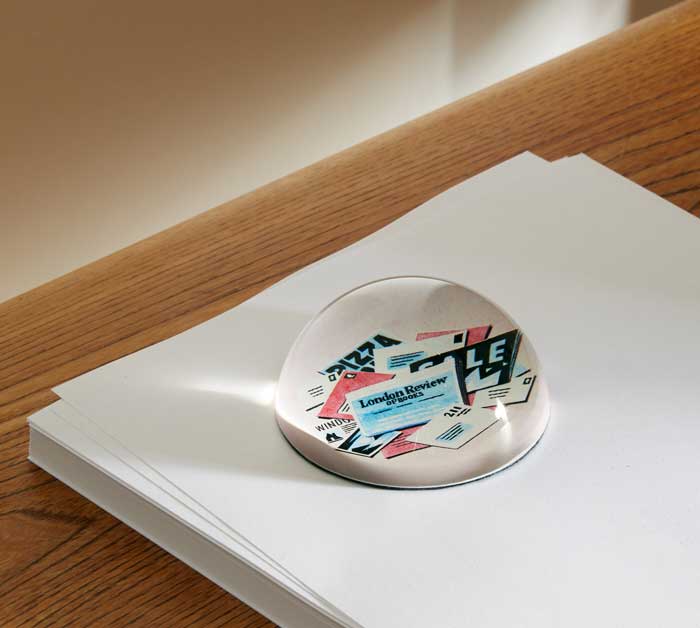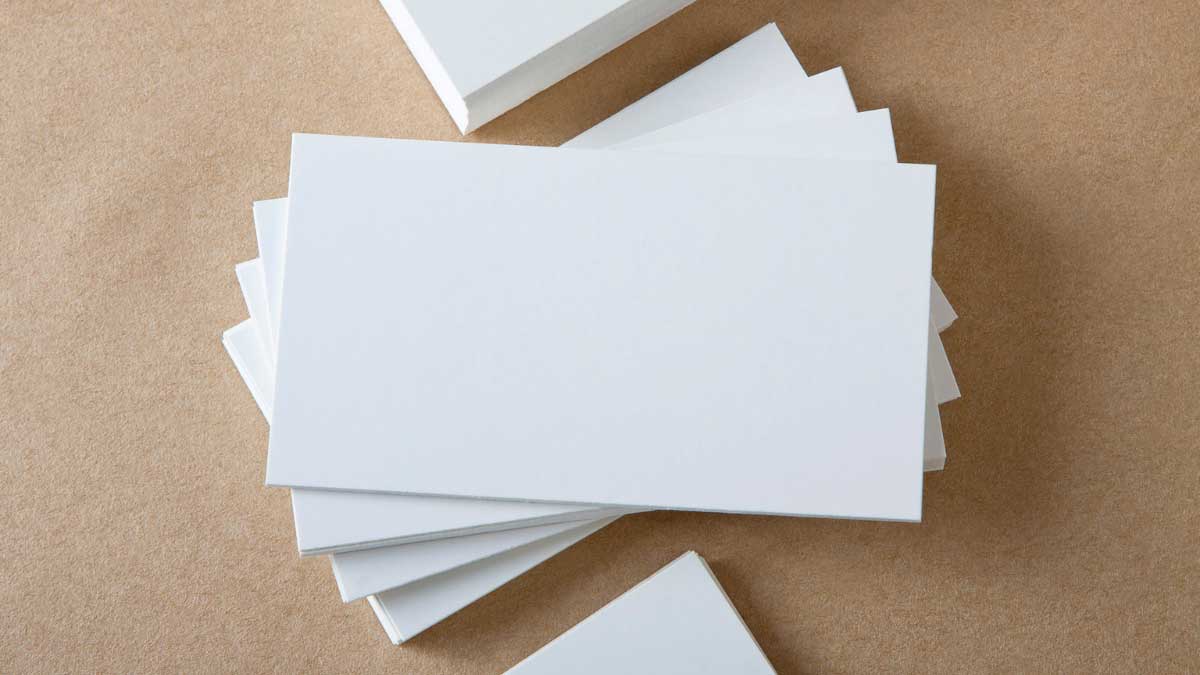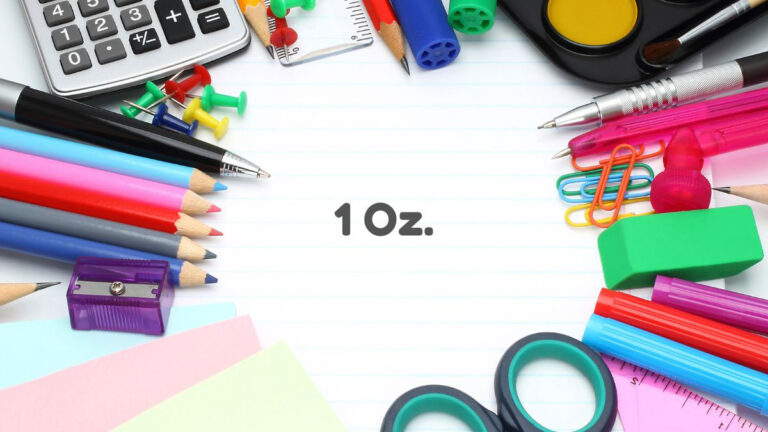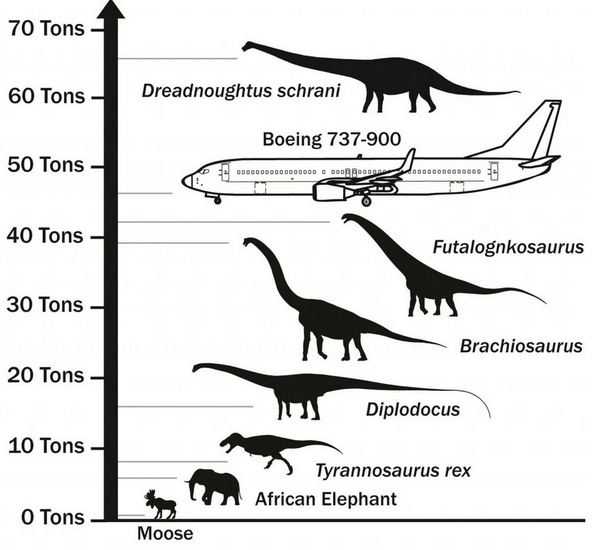How Much Does Sheet of Paper Weigh: Key Factors Explained
When you think about paper, weight might not be the first thing that comes to mind. Yet, understanding the weight of a sheet of paper is crucial, especially when you’re dealing with printing, mailing, or crafting projects. The weight of paper is determined by its size and thickness, commonly referred to as grammage or basis weight.
A standard A4 sheet made from 80gsm paper weighs about 5 grams, making calculations straightforward. In fact, 100 sheets of typical office paper weigh nearly a pound. This knowledge can help you estimate postage rates or decide the best paper type for your needs. From the thin pages of a newspaper to the sturdy feel of cardstock, each paper type serves a unique purpose.
By grasping the basics of paper weight, you can make informed decisions for your projects, ensuring you choose the right paper for the job. Dive deeper into this topic to discover how paper weight impacts your everyday tasks.
Key Takeaways
- Understanding paper weight is essential for tasks involving printing, mailing, and crafting, as it affects the choice of paper for different projects.
- Paper weight is measured using two systems: the US customary basis weight and the universal grammage (gsm), with each offering insights into paper’s thickness and flexibility.
- Basis weight varies by paper type and is the weight of 500 sheets in a paper’s original size, while grammage provides a standardized measure used globally.
- Common paper weights include lightweight (e.g., 20 lb, 75 gsm), medium weight (e.g., 80 lb text, 100-130 gsm), and heavyweight (above 130 gsm, often used for cards and crafts).
- Environmental factors like humidity can influence paper weight, as moisture absorption affects the felt weight of paper.
- Selecting the right paper weight for a project enhances quality and impacts functionality, with specific weights suited for printing, professional documents, or crafting tasks.
Understanding Paper Weight

Grasping the concept of paper weight involves several interconnected elements. In the US, paper weight is typically measured in pounds (lbs) using the basis weight system, though grams per square meter (gsm) provides a universal measure. Basis weight refers to the weight of 500 sheets (a ream) of paper in its basic size, not its cut size. For instance, 80 lb bond paper means 500 sheets of 17 x 22 inch paper weigh 80 pounds.
- Text Weight vs. Cover Weight: Text weight represents lighter paper often used for writing or printing, while cover weight indicates heavier, cardstock-type paper. An example of the distinction: 80 lb text is much thinner than 80 lb cover, despite having the same numeric weight.
The process of measuring paper weight can be perplexing due to differences between paper types. Bond and cover paper are sized differently, affecting weight perception. For example, a ream of 80-pound bond paper is significantly thinner than 80-pound cover paper, due to varying basic sizes.
- Caliper Measurement: Apart from weight, caliper measures paper thickness in points or mils (1 point = 1/1000 inch). It’s crucial for choosing paper for specific uses, like crafting. A caliper gives insight into how sturdy or flexible paper might be.
Using GSM makes comparison easier across paper types, offering a more standardized evaluation. An A4 sheet of 80gsm paper, common in offices, explains this standardization, as it weighs roughly 5 grams. Understanding these aspects ensures that you can select the right paper for printing, mailing, or crafting efficiently, appreciating how weight affects both feel and function.
Common Paper Weights Explained
Delving into the common paper weights helps in selecting the right paper for specific tasks. Understanding these categories ensures you’re choosing the correct type for printing, mailing, or crafting purposes.
Light Weight Paper
Lightweight paper is the most commonly used in everyday settings. Copy paper, usually weighing around 20 pounds (lbs) or 75 grams per square meter (gsm), is perfect for general printing and copying. It suits tasks like printing documents or making simple flyers. Despite being thin, it’s efficient for basic home and office uses, providing ease in folding and handling.
Medium Weight Paper
Medium weight paper offers more substance than lightweight options. Such paper typically falls within the 80 lb text or around 100-130 gsm range. It’s ideal for creating higher-quality prints, brochures, or reports where durability complements aesthetic value. Medium weight paper allows for better ink absorption, resulting in clearer, more vibrant prints, making it suitable for professional and academic presentations.
Heavy Weight Paper
Heavyweight paper resembles cardstock in structure and is often used for projects requiring sturdiness. With weights surpassing 130 gsm or aligning with cover weight measurements, this paper is used for business cards, invitations, and other durable crafts. Its rigidity ensures a more lasting impression, both visually and tactilely. Heavyweight paper is particularly favorable for crafts that necessitate intricate cuts or designs due to its substantial feel and resilience.
These categories clarify the choice process for paper weights, enhancing the overall success of your projects by matching the paper’s properties to your specific needs.
Factors Affecting Paper Weight
Grasping the factors influencing paper weight can help in various applications, such as choosing the right paper for printing or crafting. Environmental conditions and raw material composition significantly determine how much a sheet of paper weighs.
Humidity and Environmental Impact
Moisture content plays a crucial role in paper weight variability. Paper absorbs moisture from the air, which can increase its weight. For instance, in a humid environment, the same sheet of paper feels heavier due to water absorption. However, in drier conditions, paper loses moisture and becomes lighter. When considering paper for projects or storage, account for these fluctuations by acknowledging the environmental context in which you work.
Types of Paper and Basis Weight
Different paper types have distinct basis weights, significantly impacting perceived and actual weight. Bond paper, text paper, cover stock, index paper, bristol paper, and tag paper all originate from different bases, resulting in varied measurements.
- Bond Paper: Basis weight measured on a 17 x 22-inch size, common weights range from 16 to 36 pounds.
- Text Paper: Measured on a 25 x 38-inch size, weights include 50 to 100 pounds.
- Cover Paper/Card Stock: With a 20 x 26-inch basis size, weights range from 50 to 120 pounds.
- Index Paper: Uses a 25.5 x 30.5-inch basis size, found in 90, 110, and 140 pounds.
- Bristol Paper: Typically 67 to 120 pounds.
- Tag Paper: Ranges from 100 to 200 pounds.
Understanding these types helps in selecting a paper weight suitable for your specific needs, promoting optimal project outcomes.
Calculating Paper Weight
Calculating the weight of a paper sheet involves understanding two key concepts: basis weight and grammage. These measurements offer insights into paper’s physical attributes and usability.
Basis Weight and Grammage
Basis weight is primarily used in the United States. It measures in pounds the weight of 500 sheets of a paper type at its original size. For instance, 20-pound copy paper has a basic size of 17 x 22 inches. Basis weight varies by paper category, leading to confusion because a higher basis weight doesn’t always mean thicker paper.
Grammage, displayed as grams per square meter (gsm), provides a universal metric. It’s calculated by multiplying the paper’s area by its grammage. For example, to find the weight of A4 paper with a grammage of 70 gsm: multiply its area (0.297 m x 0.210 m) by 70. This results in approximately 4.37 grams per sheet.
Paper Weight Charts and Examples
Paper weight charts help illustrate the differences between paper types and weights. For practical insight, consider these examples:
| Type | Basis Weight (lbs) | Grammage (gsm) | Common Use |
|---|---|---|---|
| Copy Paper | 20 | 75 | Everyday printing, copying |
| Text Paper | 60 | 90-120 | Professional documents |
| Cover Stock | 65 | 175 | Postcards, invitations |
Charts like these aid in selecting the appropriate paper for specific tasks. When choosing paper, think about the needs of your project. Heavier grammage or basis weight often means a more robust and durable paper. This understanding ensures you pick the right paper weight, avoiding potential issues in printing or mailing tasks.
Practical Applications of Paper Weight
Understanding paper weight impacts various domains, from academic projects to professional presentations. It ensures optimal selection, enhancing print quality and durability.
Choosing the Right Paper for Projects
Choosing the correct paper weight is crucial for different projects, affecting quality and functionality.
- Printing and Copying: For everyday tasks like copying or basic printing, lightweight paper around 20 lbs or 75 gsm suffices. It’s economical and suitable for high-volume needs.
- Professional Documents: Use medium-weight paper, such as 80 lb text or 100-130 gsm, for documents needing a polished look. These papers absorb ink better, improving overall print clarity, making them ideal for presentations or official reports.
- Crafting and Art Projects: For crafting or high-quality art prints, heavyweight papers above 130 gsm offer durability. This weight range ensures sturdiness for items like business cards and invitations, providing a professional feel and resilience.
The choice of paper can significantly affect your project’s outcome. A heavier grammage reflects sturdier construction, crucial for professional results.
Conclusion
Understanding paper weight is crucial for making informed decisions in printing, mailing, and crafting. By familiarizing yourself with terms like grammage and basis weight, you can select the right paper that meets your project’s needs. Whether you’re choosing lightweight paper for everyday tasks or heavyweight options for special projects, recognizing how paper weight affects durability and quality ensures successful outcomes. Keep in mind the environmental factors that might influence paper weight and leverage this knowledge to achieve optimal results in your endeavors.







